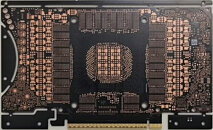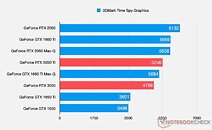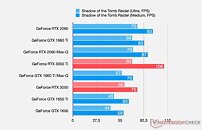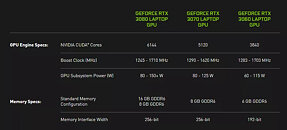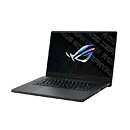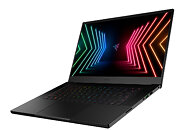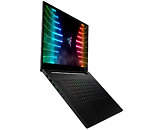
NVIDIA GeForce RTX 5050 Max-Q/Mobile GPU Turns up in PC ID List
Post-Computex 2025, another hint about NVIDIA's next rung of current-gen mobile graphics cards has emerged online. Mid-week, harukaze5719 shared an intriguing screenshot of PCI IDs, accompanied by a brief message: "2d80-2dff = GB207." Most of the captured information is common knowledge, but an unreleased model was present. The "GeForce RTX 5050 Max-Q/Mobile" entry will likely translate into real life laptop/notebook form by mid-summer.
harukaze5719's leaked list seems to confirm the future deployment of a "GB207M" GPU die—likely the smallest and least potent iteration of Team Green's "Blackwell" gaming line. According to fresh reportage, a desktop sibling is supposedly being lined up for launch in July. A late April theory suggested AMD's preparing of RDNA 4 mobile "Radeon RX 9000M" GPUs; the least powerful options—reportedly based on a Navi 44 die—could compete with NVIDIA's GeForce RTX 5060 Laptop design. Rival timelines are unclear, but manufacturing partners (Lenovo, LG, MSI, Razer etc.) seem to be prepping a plethora of Team Green-based portable gaming devices.
harukaze5719's leaked list seems to confirm the future deployment of a "GB207M" GPU die—likely the smallest and least potent iteration of Team Green's "Blackwell" gaming line. According to fresh reportage, a desktop sibling is supposedly being lined up for launch in July. A late April theory suggested AMD's preparing of RDNA 4 mobile "Radeon RX 9000M" GPUs; the least powerful options—reportedly based on a Navi 44 die—could compete with NVIDIA's GeForce RTX 5060 Laptop design. Rival timelines are unclear, but manufacturing partners (Lenovo, LG, MSI, Razer etc.) seem to be prepping a plethora of Team Green-based portable gaming devices.






